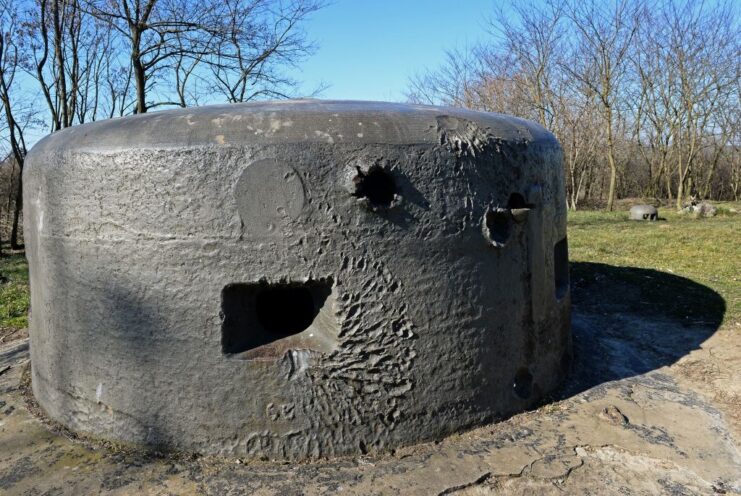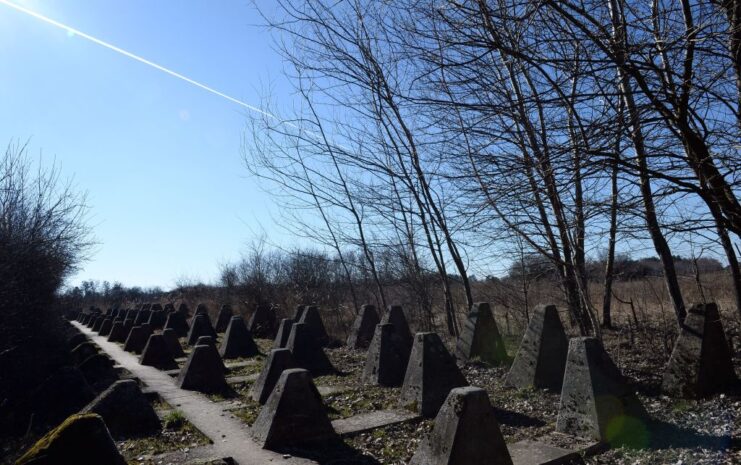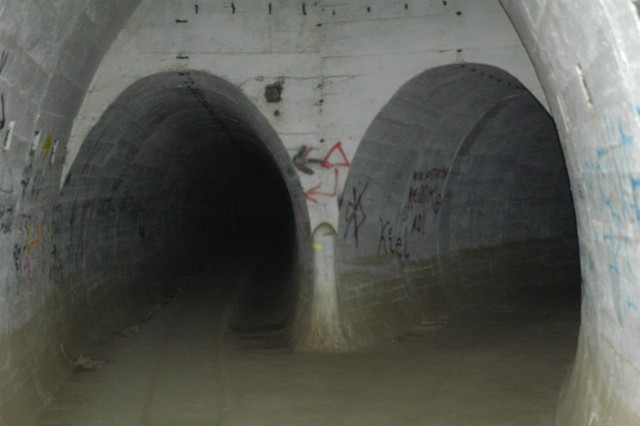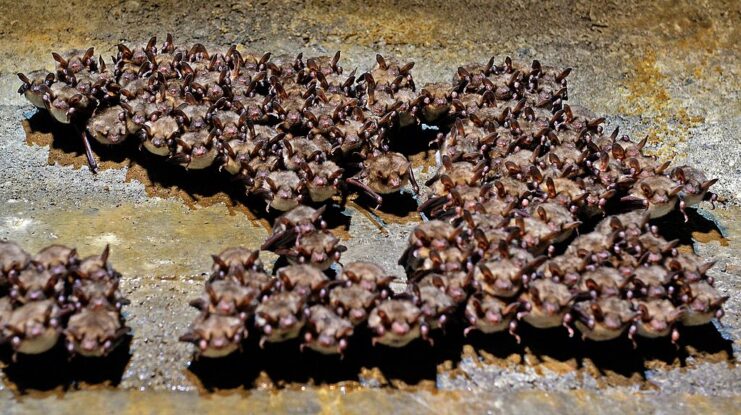A World War II-Era German Defensive Line Has Become Europe’s Largest Man-Made Bat Reserve
In the quiet, unassuming Polish countryside are the World War II-era Ostwall Fortifications. Once a formidable underground stronghold constructed and used by the German forces during the conflict, this tunnel network has transformed into Europe’s largest man-made bat sanctuary.
Whether you’re a history buff or have had your interest piqued by the idea of encountering a creature of the night, this unique site is well worth a visit.
Building the Ostwall Fortifications

Originally called the Festungsfront Oder-Warthe-Bogen, the Ostwall Fortifications were built between 1934-38. The construction effort reflected the tunnels’ importance to the German military during the Second World War; they were built to defend against a potential Soviet invasion across the critical region between the Oder and Warta rivers.
Unlike most aboveground defenses from that period, the fortifications were primarily subterranean. Stretching an astonishing 25 miles underground and 40 miles in total, this vast complex featured over 100 interconnected bunkers capable of accommodating more than 24,000 troops.
Complemented by aboveground obstacles and additional fortifications, it became one of the longest defensive lines of the conflict.
What made up this unique defensive structure?

While the tunnel network often steals the spotlight, the Ostwall Fortifications also featured an array of aboveground defenses. Scattered across the western Polish countryside were steel-and-concrete bunkers, observation posts and formidable dragon’s teeth – triangular concrete barriers designed to stop advancing Allied tanks in their tracks (literally).
Underground, the expanse was more accommodating than similar structures of the time. It featured bathrooms, medical stations, a fully-equipped kitchen and even private bedrooms for each soldier, offering a surprising level of practicality and comfort for the era.
Overrun by the Red Army

As aforementioned, the Ostwall Fortifications were originally designed to repel an invasion by the Red Army, yet they ultimately failed at this task. Not due to their construction, but, instead, because of insufficient manpower.
When the Soviets advanced in January 1945, the complex was defended by only 1,000 troops, leading to its capture in just three days. Following the Second World War, the expanse was largely left abandoned – but not for too long.
Bats love the Ostwall Fortifications

While humans abandoned the tunnel network, it proved to be an ideal sanctuary for a different species: bats. With its dark, damp and undisturbed environment, the site has become a perfect habitat, hosting an estimated 37,000 bats during the winter months.
More from us: The US Military Once Built a Japanese Warship in the Middle of the California Desert
Want to become a trivia master? Sign up for our War History Fact of the Day newsletter!
In addition to serving as a winter refuge for bats, the Ostwall Fortifications have become a popular destination for history buffs and curious visitors. While some sections are closed during winter to protect the hibernating bats, guided tours offer the chance to explore much of the complex and its storied past.
The post A World War II-Era German Defensive Line Has Become Europe’s Largest Man-Made Bat Reserve appeared first on warhistoryonline.
A World War II-Era German Defensive Line Has Become Europe’s Largest Man-Made Bat Reserve
Philippines Truth
Post a Comment
0 Comments